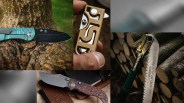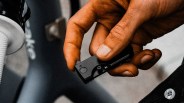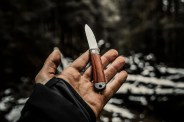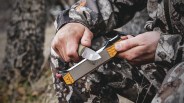Everyone has a different idea as to what qualifies as everyday carry. For some, it’s little more than your phone, keys and wallet. Others might not leave the house without survival gear like a fixed-blade knife, compass and first-aid kit. But that’s kind of the point: to figure out a collection of gear that suits your needs best.
With that in mind, sometimes you have to whittle down what you want in your loadout to better match what you need — cutting out the fat, so to speak. And one thing most people can do without is an EDC flashlight. Here is why.
Your phone already has a flashlight
Just about every modern smartphone have flashlight functionality. And while the illumination isn’t remarkably bright or focused — typically an output of 50 lumens, about the same as a lit candle — it’s usually enough to help you find your way (or whatever it is you dropped) in the dark.
EDC is largely about using the tools you have at your disposal but the one you actually use are often the first ones that come to mind.
EDC is largely about using the tools you have at your disposal but the one you actually use are often the first ones that come to mind. Since most of us have our smartphones practically attached to us, like cyborgs with built-in supercomputers, that flashlight is an easy go-to.







